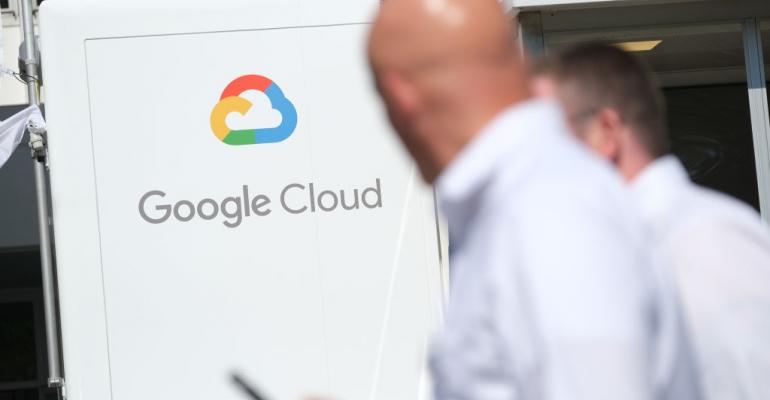(Bloomberg) -- Google’s cloud-computing division unveiled tools to help clients monitor and reduce their environmental impact, part of the company’s broader push to fight climate change.
Customers can now use a carbon-footprint feature to see the gross emissions associated with their use of the Google Cloud platform, the Alphabet Inc.-owned company said Tuesday in a blog post. Google Cloud also is teaming up with Salesforce.com Inc. to let clients put their emissions data in the Salesforce Sustainability Cloud, a carbon accounting platform.
The move follows efforts announced last week to help users of Google’s search and maps services reduce their carbon emissions -- say, by taking flights or driving routes that will cause less pollution. The internet giant, which also pledged to stop funding climate change misinformation with digital ads, has set a goal to become carbon-free by 2030.
It currently runs on 100% renewable energy and became carbon-neutral in 2007. The company has declared its cloud, which delivers internet-based computing and storage to other organizations, to be the world’s cleanest.
Cloud computing, with its sprawling facilities filled with energy-hungry machines, is seen as a key area for environmental improvements. Google has purchased renewable energy offsets the last four years to match the energy use of its server farms.
As part of Tuesday’s changes, Google will tell customers about the carbon footprint of idle or abandoned projects that continue to run on its servers, making it easier for businesses to only use the capacity they need.
Finally, the company will make the Google Earth Engine available for some clients. The software combines various technologies -- including maps, artificial intelligence and BigQuery -- to let organizations “track, monitor and predict changes in the Earth’s surface due to extreme weather events or human-caused activities.” The idea is to help customers save money and lower risks.
Google is aiming to stand out from its biggest cloud-computing rivals, Amazon.com Inc. and Microsoft Corp. Google Cloud Chief Executive Officer Thomas Kurian has expanded his unit’s workforce, focused on solutions tailored to clients’ industries and reorganized his staff to grab market share from the cloud leaders.
Tuesday’s Cloud Next conference, a showcase for Google’s enterprise products, is Kurian’s latest opportunity to show the business’s progress to clients, analysts and Alphabet investors. Last year, the division’s annual revenue jumped 46% to $13 billion.
Google Cloud’s other announcements included:
- Google Distributed Cloud, which lets customers place Google hardware and software wherever they need it, including in their own corporate server farms and in facilities far away from data centers, at what’s called the “edge.”
- New customer deals with Wendy’s Co., General Mills Inc., Siemens Energy AG and Deutsche Post DHL Group.
- A portfolio of Data Cloud tools that will make it easier for clients to deploy AI and analytics tools in their products.
- Upgraded security for Google Workspace’s collaboration software programs, as well as a Google Cybersecurity Action Team, which brings together people from across the company to help advise governments and businesses of different sizes.





